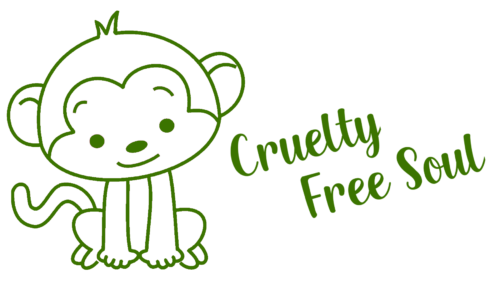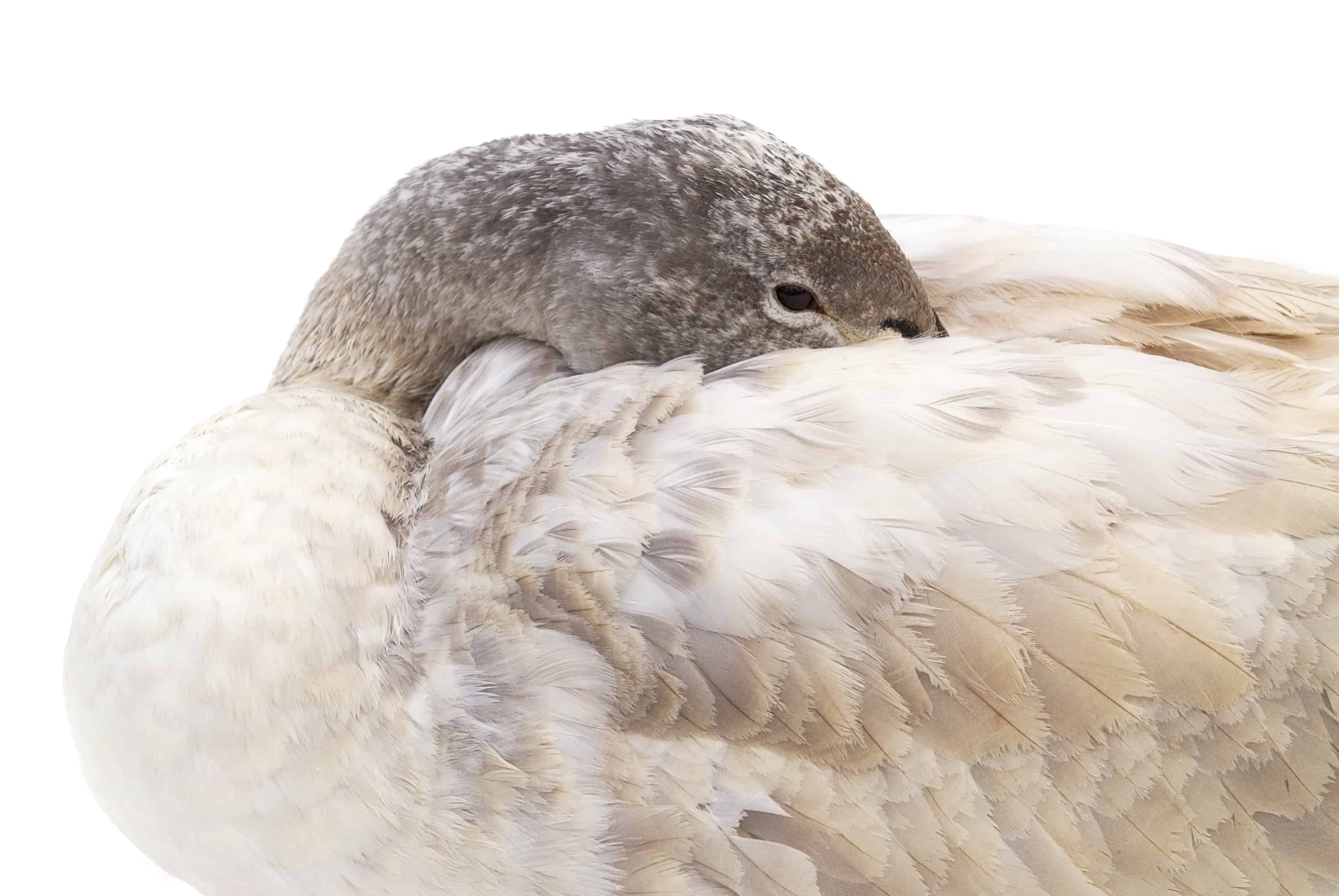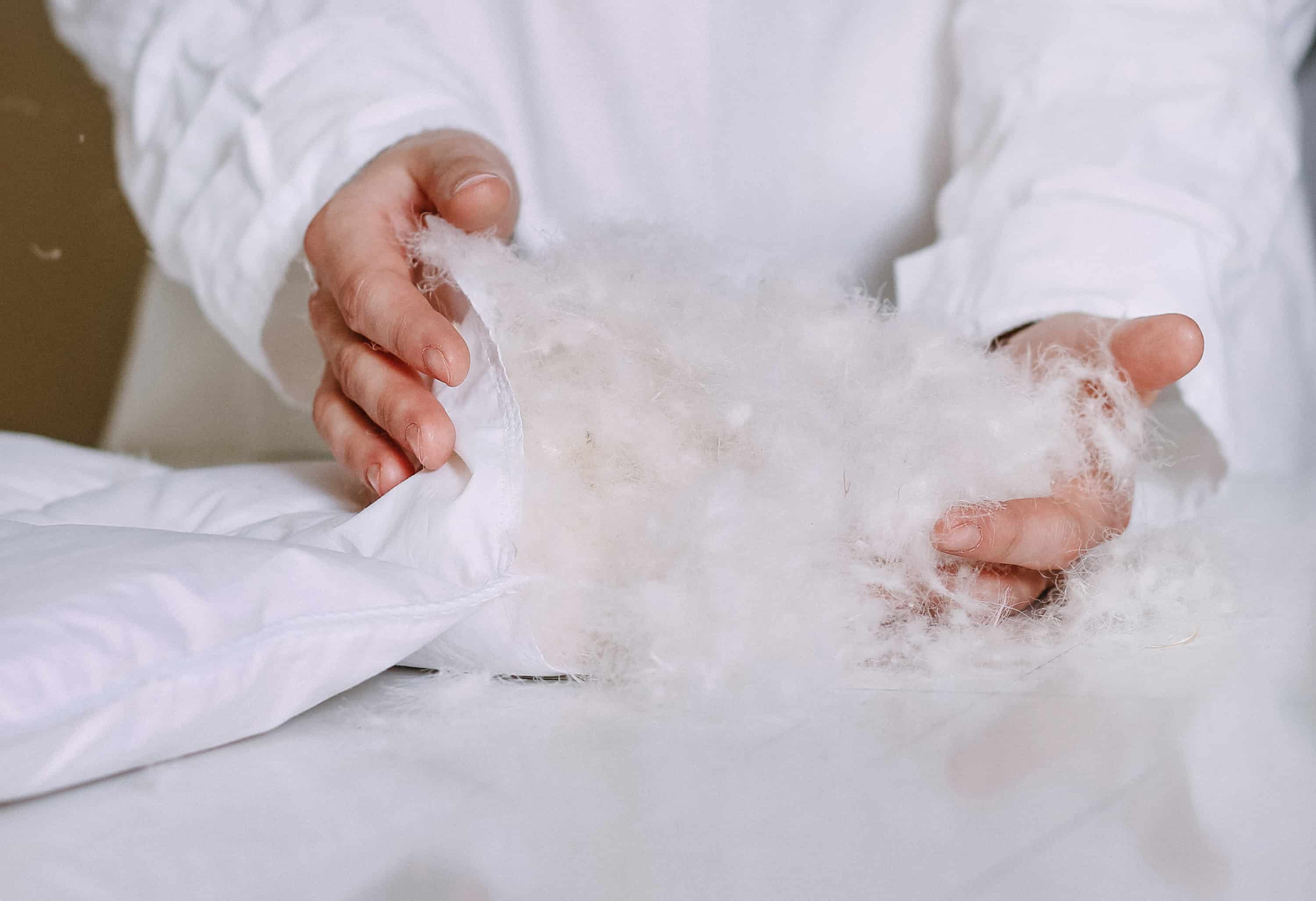With more people than ever wanting to buy humanely produced goods, many are wondering if down products can be cruelty-free.
Some manufacturers claim they can humanely source the feathers needed for down. How true is it?
With some effort and change on the part of producers, it's entirely possible to avoid subjecting geese and ducks to cruel practices. Many down products are not cruelty-free. Depending on how the feathers are "harvested," down can have some hefty ethical baggage.
We're not here to make you feel bad for having that nice down coat or wrapping up in a thick comforter this winter.
It's just good to know what goes into making the things we use. To that end, let's talk a little more about down products and their ethical implications.
In What Way Can Down Production Be Cruel to Animals?
Down is produced in two main ways: the plucking of slaughtered birds or live-plucking.
Plucking Slaughtered Birds
The most common form of plucking is that of slaughtered birds. So, where do these birds come from and what are they used for?
Well, most are younger birds that have only molted, or dropped their feathers, much like a snake sheds its skin, once before being killed for their meat. Others are raised for foie gras, fatty liver meat, or eggs.
Cruelty-wise, there is some debate over the general cruelty of poultry production. Although this shouldn't be discounted in the discussion of down; it is far more humane than the other primary method of gathering down feathers – live-plucking.
Live-plucking
Live-plucking is exactly what it sounds like: ripping the feathers out of living birds – causing a great deal of distress and pain. Birds that are live-plucked are grown for meat or eggs and are plucked roughly five and fifteen times, respectively, throughout their lives.
During live-plucking, the birds' heads are roughly gripped between workers' knees, pinning them down with one hand while their feathers are torn from their bodies with the other.
Not only are the birds often deprived of food before being plucked to limit contamination from droppings, but this form of down "harvesting" is also incredibly painful for the bird.
These facts only add to the cruelty of the live-plucking process.
Can Down Be Harvested in a Cruelty-free Way?
With all that moral baggage involved, can down products be made in a humane, ethical fashion?
Yes, it is still possible to have down products from feathers gathered more ethically.
But while individual choice and the actions of companies reverberate across society at large, systemic change from the top may be necessary to secure safe, humane conditions for poultry.
Here are a couple of ways responsible companies can choose to harvest feathers for their products:
These would be situations in which most consumers could feel good about the warmth of the feathers they are enjoying.
But the amount of feathers produced under such homestead-like conditions is minuscule compared to those produced as a byproduct of the commercial poultry industry.
How Slaughtering Fits Into Down Production
It's easy to understand how live-plucking is a painful and cruel way to gather materials for blankets and winter coats.
But, it is less clear-cut how cruel it is to gather feathers from birds that have already been slaughtered. Sure, the process of plucking isn't painful – but that's only because the bird has already been a victim of what many people consider a very cruel industry.
The Life of a Bird Before Slaughter
Many growing and housing practices used for poultry are wildly cruel:
These are some major complaints levied against the poultry industry regularly in this regard.
Further, the slaughtering process itself is often, fairly so, seen as cruelty in and of itself.
Cruel Deaths
Many workers are forced to meet unreasonable work standards by treating birds roughly and killing them in highly inhumane ways.
In jurisdictions with little or no regulation in place, poultry production for meat alone can be morally dicey enough to raise concerns among consumers.
While making use of otherwise wasted materials is a good approach to production, that ethical stain extends to poultry byproducts, like down, in the minds of many consumers.
Why Do We Use Down?
Down is a type of very fine feather that grows beneath the rigid outer feathers.
These feathers act as a base layer to preserve birds' body heat and, especially in waterfowl, keep them dry.
While some indigenous cultures use and continue to use down a variety of birds in spiritual practices, the most likely way you'll encounter down is as an insulator.
These soft "under feathers" trap lots of heat when used as padding or stuffing. They have been used as such for hundreds of years for their exceptional warmth. Today, down can be found in many products, mixes and forms:
Many people use down products because of their hypoallergenic qualities.
While it is possible to be allergic to down, it's far less likely than other materials to irritate people who regularly suffer from allergies.
Down's superiority as an insulator and its hypoallergenic qualities makes clothes and bedding filled with down far more expensive than synthetic alternatives.
Comforters, coats, pillows, and mattresses are all filled with down command hefty price tags. They range from a few hundred dollars on the lower end to effectively as much as you'd like to spend in a luxury branded space.
How Do I Know My Down Is Cruelty-Free?
Multiple movements are pushing for an end to cruelty in the down production process.
The Cruelty-Free Down Challenge
This is one private-industry response to the inhumane treatment of ducks and geese in the down supply chain.
They provide a product designation that indicates down was not taken from force-fed or live-plucked birds and are cruelty-free at all stages of production.
The Responsible Down Standard
This movement presents a voluntary product designation that companies who want to meet higher ethical standards of production can meet.
Following this movement means that certain practices are strictly forbidden. Higher standards of treatment must be put in place than exist in the general poultry industry.
The RDS emphasizes Five Freedoms inherent to all living animals. You can read the full list here. The basic idea is that animals deserve:
Essentially, there are many private pushes to protect the birds we rely on so heavily.
By adhering to voluntary standards, companies can assure their customers that the things they buy aren't filled with cruelly gathered down feathers.
How Close Are We to Seeing Cruel-Free Down?
The product designations we’ve discussed let people know that their garments or bedding are made with more ethically sourced feathers.
This means that the birds were treated with dignity and decency, even if only at a very basic level.
While that is a great step in the right direction, one ought not to leave out a comment on the lack of coordinated international intervention.
What little regulation does exist in the down industry appears to be voluntary or localized, rather than being under a global standard.
In the meantime, if the way these animals are treated is important to you ¬– choose a down alternative. Otherwise, research the product you are interested in to find out how its feathers are sourced.


